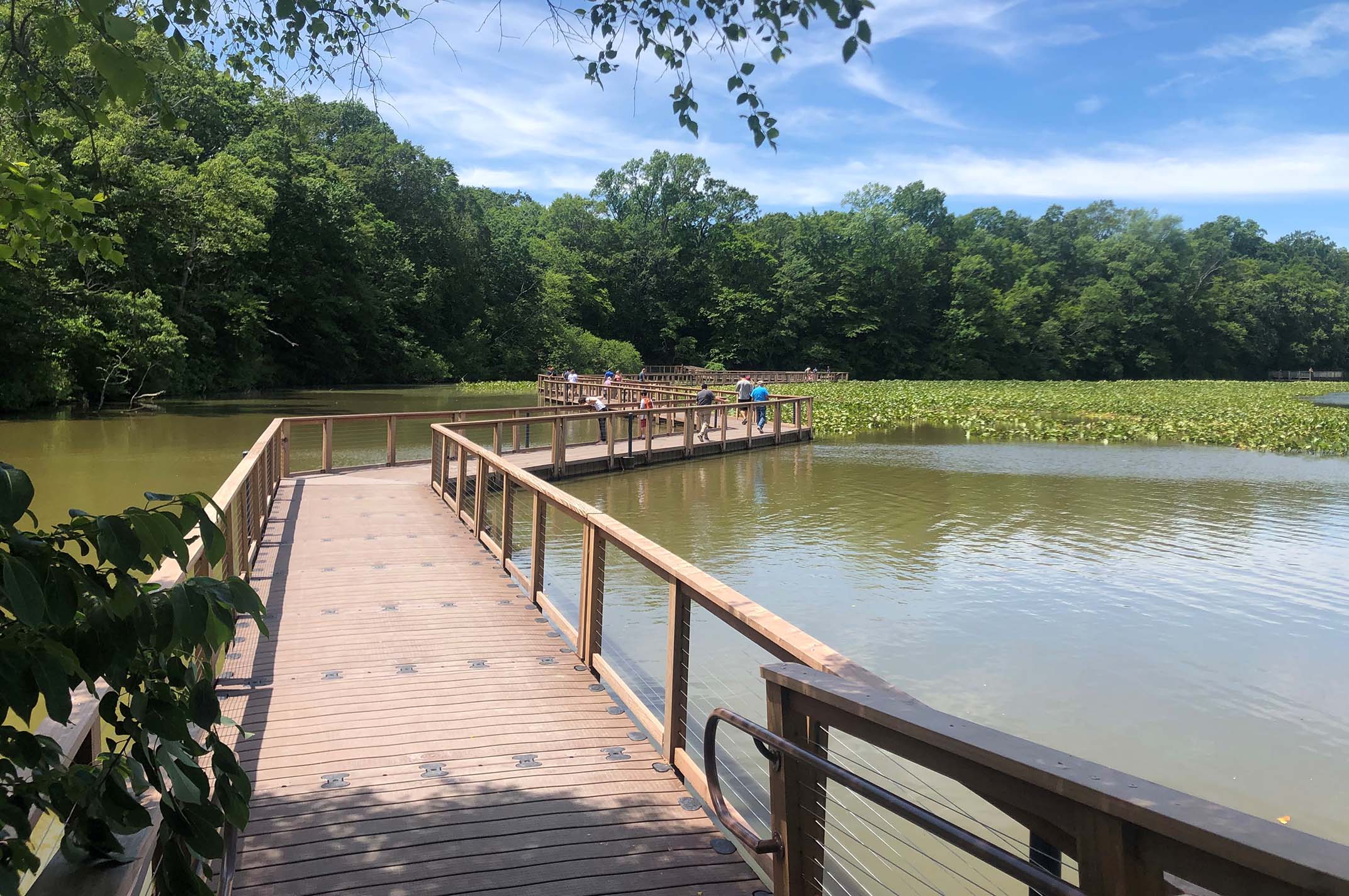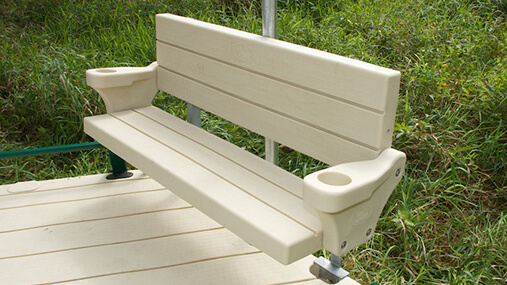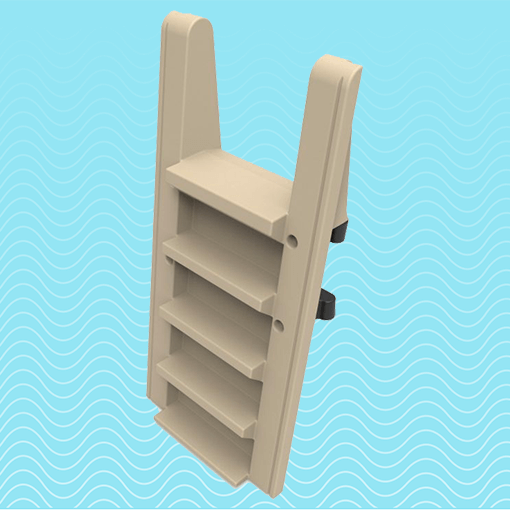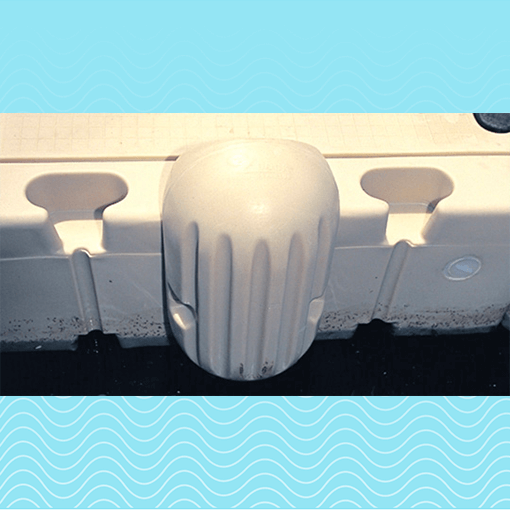If you want a boat dock for your lake house property, you have a big decision to make. There are several factors to consider when choosing the best lake dock design for your needs.
Why Do You Need Different Docks for Different Bodies of Water?
All bodies of water have varying characteristics that impact what dock is best for them. Factors that will affect your lake dock choice include:
- Water fluctuation: Lakes are prone to fluctuating water levels due to factors like high winds, rain, boat traffic, currents and tides. Some lake docks cannot handle these fluctuations without sustaining damage or becoming inaccessible.
- Bed conditions: Stationary docks are unable to accommodate rocky, silty or muddy bed conditions. Floating docks offer a contact-free solution to rough lake bed terrains and won’t interfere with natural bed conditions.
- Depth: Floating docks can support any lake depth, while stationary dock pilings typically cannot be installed in deep waters.
Which Dock to Choose — Stationary or Floating?
There are two primary dock types you can use for your lake house — stationary docks and floating docks.
Stationary Docks
Stationary docks are secured to the lake bed with pilings or cribs and are typically made of wood, steel or concrete. Their immobility makes them sturdy to walk on and capable of withstanding currents. These wooden boat docks are useful for lakes with consistent water levels.
Stationary docks have several advantages:
- Easy docking
- Good for shallow water
- Stable positioning
Floating Docks
Floating docks do not make contact with the lake bed, floating atop the water using steel tubes, foam billets, barrels or air chambers for buoyancy. Because floating docks lack pilings or crib foundations, you can access them at any moored vessel or port, regardless of changing water levels.
Consider some of the main benefits of floating docks:
- Ideal for boats, leisure, personal watercraft, paddle sports and rowing
- Easy entry and exit
- Flexible to water fluctuations
- Minimal maintenance required
- Simple installation

How to Choose Your Dock Size and Add-Ons
Once you’ve chosen the type of dock you want, you’ll need to determine sizing. Consider the purpose of your dock. Do you plan on using it for mooring boats or leisure? Be sure to select a dock size that best serves your individual needs. For example, if you want a dock for rowing, you might look for one with a low freeboard height that allows for easier entrances and exits.
You can also invest in add-ons for your lake dock to make it more fun, accessible or practical. Examples of popular dock add-ons include:
- Benches
- Ladders
- Slides
- Gangways
- Ramps
- Railings
- Bumpers
- Cleats
- Anchoring






